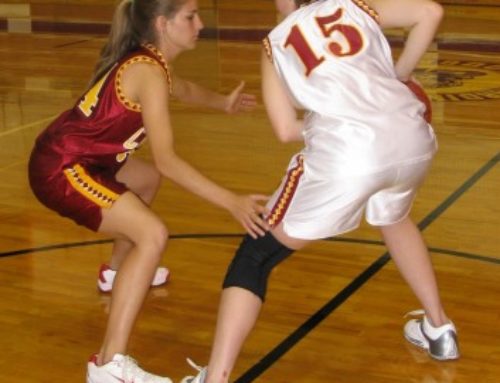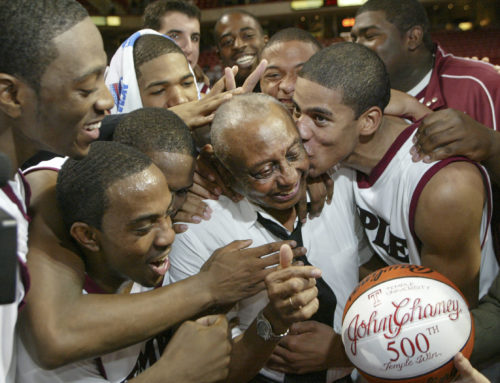As we have already determined in this blog, preparation is one of the key things in sports. For basketball coaches and players that means that practices are where the magic happens and all the big wins in official games are thanks to hours and hours of intense practicing away from the crowd. I guess that these special circumstances of a global pandemic eliminate the crowd altogether, but nevertheless. As a coach, your job is to organize practices that maximize the amount of work your team does, while being careful about balancing different areas of the game. The team won’t have much success if the players are forced to work on just one aspect of the game. Therefore, coaches need to be ready to implement a diversity of drills that will emphasize different areas that the team needs to work on. The timing of these drills during the practice is also a big part of organization. They are used to simulate the in-game experience, so as a coach it is on you to organize drills in a manner that will most resemble what happens in a game. Let’s take a look at how a typical practice should be like:
Warmup
Typically, you wouldn’t want to waste any gym time that you have available, so it is important to establish a routine with your team when it comes to warming up. Have your team be ready 15 minutes before every practice to do some light stretching and dynamic warmups. That way, they won’t enter the gym with cold bodies and it will also help them be more locked in towards basketball right away. Then we can continue to some light warm up drills. Doing a three-man weave is an example of a good introductory drill, as it makes players warm up on multiple levels. It contains running, passing and finishing and is a good way for the players to get into rhythm and break some sweat. It is also a good drill to implement if your team needs to work on making decisions in transition. Other drills that are executed without contact are also desirable, and as a coach, it is up to you to decide which one will improve the team’s weaknesses the most.
Team Drills
After a half an hour or so of warm up drills, your team is ready to go! This is when you start implementing basketball drills that relate to the areas of the game that you want to focus on. If there is an offensive system that you want to work on, try breaking it down into smaller pieces at the beginning, and expand it as practice goes. For example, you can start of by dividing the team into groups of threes that will work a specific part of the offense such as a down screen or pick and roll execution. After that you can add 3 on 3 situations which will simulate how this particular set will work against a live defense, while also teaching your players how to defend against them. By doing this, you will prepare the players better for when you implement the same sets in a 5 on 5 setting. These team drills should always have a competitive edge behind them in order to maximize the effort and simulate game like intensity. Because some of these drills require a decent amount of focus, it is good to make breaks during practices with some form of individual drills that are repetitive and don’t require much thinking. Use your assistant coaches to work with the players, as it will be a more relaxed environment and they will form relationships during these drills. That way, the players will be rested mentally when working on team offense or defense.
Shooting
I know what you are thinking. When do I put in shooting drills then? Although at higher levels of basketball, shooting is something that is being done on an individual level, it is definitely important to put some shots up during regular practices. For me shooting drills are an excellent way for a player to get some rest from all the running, while still improving some aspects of his/her game. Furthermore, it is good to put in shooting drills at the end of practices or after extensive full court runs, as it best prepares the players for shooting under fatigue. A lot of players can shoot when they are fully rested, but it is very rare that somebody will come off the bench and get open looks right away. In games, players need to make shots even after they have played 30 minutes already and are very tired. That’s why it is very important to plan for shooting drills to come after the players are already tired. For example, shooting free throws at the end of the practices will give you a clearer sense of who is most likely to consistently hit them in games.
Organizing these three aspects of practices in a correct way can greatly influence the success of your team. As a coach, it is very important that you know which set of drills work good together towards what you are trying to achieve. By having the right order of things in practice, players will be better suited to withstand the chaos that the games are. You probably heard it millions of times, but it doesn’t make it less true. You need to control the controllables.





